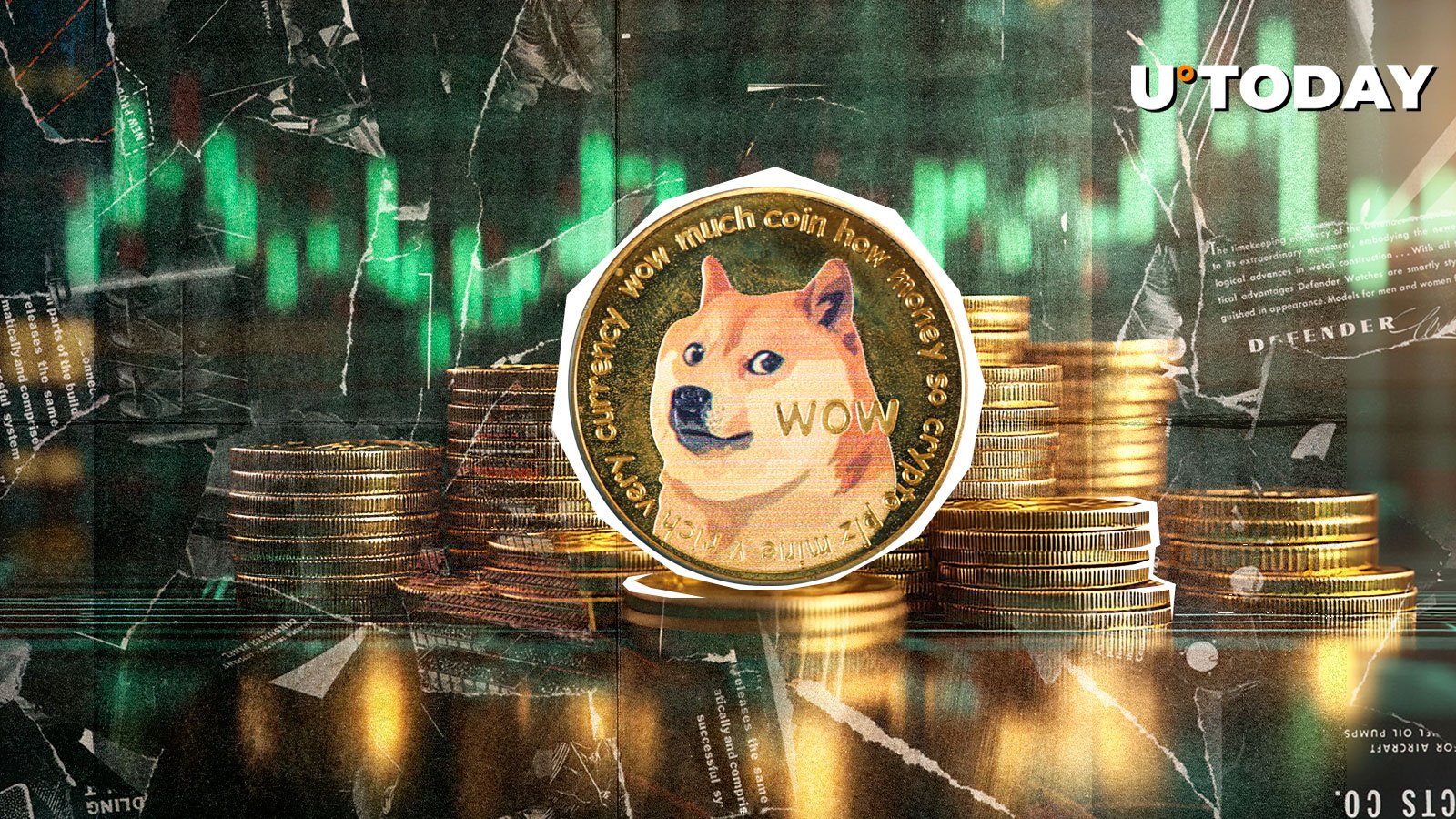The Hosting Insight
Your go-to source for the latest in web hosting news and tips.
Doge Coin: The Meme That Became a Fortune
Discover how Doge Coin turned from a meme into a millionaire's dream! Uncover the secrets behind its rise and what it means for you.
The Rise of Dogecoin: From Meme to Mainstream Currency
The rise of Dogecoin has transformed a lighthearted meme into a serious player in the cryptocurrency market. Initially created in 2013 as a parody of the Bitcoin craze, Dogecoin rapidly gained traction within online communities, fueled by its Shiba Inu mascot and a strong sense of community. What began as a fun way for users to tip creators on social media has evolved, with Dogecoin now being accepted by various online retailers and establishing itself as a viable alternative to more traditional currencies. Its low transaction fees and fast processing times have made it an attractive option for those seeking a quick way to send money across borders.
The mainstream acceptance of Dogecoin can be attributed to several factors, including influential endorsements and social media buzz. Prominent figures, including Elon Musk, have drawn significant attention to the currency, sparking interest and investment from both seasoned traders and newcomers alike. As more companies and platforms begin to accept Dogecoin, its legitimacy increases, paving the way for larger adoption. Furthermore, the decentralized nature of Dogecoin appeals to users looking for alternatives to traditional banking systems, making it a striking example of how a meme can gain traction and impact the broader financial landscape.

How Dogecoin Works: A Beginner's Guide to the Cryptocurrency
Dogecoin, created in December 2013 by software engineers Billy Markus and Jackson Palmer, began as a parody of the cryptocurrency hype surrounding Bitcoin. Dogecoin features the Shiba Inu dog from the popular 'Doge' meme as its logo, which contributed to its lighthearted and community-oriented image. Unlike Bitcoin, which has a capped supply of 21 million coins, Dogecoin has no maximum supply, making it inflationary and easily accessible for new users. This design choice aims to encourage spending rather than hoarding, thus promoting its use as a medium of exchange.
The underlying technology of Dogecoin is a fork of Litecoin, utilizing the same proof-of-work algorithm, Scrypt, which enables fast and inexpensive transactions. As a result, Dogecoin transactions are confirmed within a minute or less, offering an efficient way for users to send and receive funds. Additionally, the Dogecoin community frequently engages in charitable initiatives and 'tipping' systems, further enhancing its reputation as a friendly and supportive cryptocurrency. For beginners, understanding how Dogecoin operates in conjunction with its vibrant community is essential for navigating the world of digital currencies.
Is Dogecoin the Future of Digital Currency? Key Insights and Predictions
Dogecoin, originally created as a joke in 2013, has gained significant traction as one of the most recognized dog-themed cryptocurrencies. With its vibrant community and a market presence bolstered by high-profile endorsements, such as those from Elon Musk, many enthusiasts are beginning to consider its potential role as a viable medium of exchange. As traditional financial systems continue to evolve, Dogecoin might represent a shift towards more accessible digital currencies that resonate with a broader audience. Unlike Bitcoin, which is often viewed as a store of value, Dogecoin's inflationary model and lower transaction fees make it an attractive option for everyday transactions.
Experts suggest that the future of digital currencies may not lie solely in the established giants like Bitcoin or Ethereum, but also in emerging contenders such as Dogecoin. As more businesses begin to accept it for payments, the mainstream adoption could pivot Dogecoin into a prominent position within the digital economy. Furthermore, predictions indicate a potential increase in scalability and functionality for Dogecoin with ongoing developments from its community. Whether it can sustain its popularity and evolve into a key player in the cryptocurrency landscape remains to be seen, but the conversations surrounding its future are certainly gaining momentum.